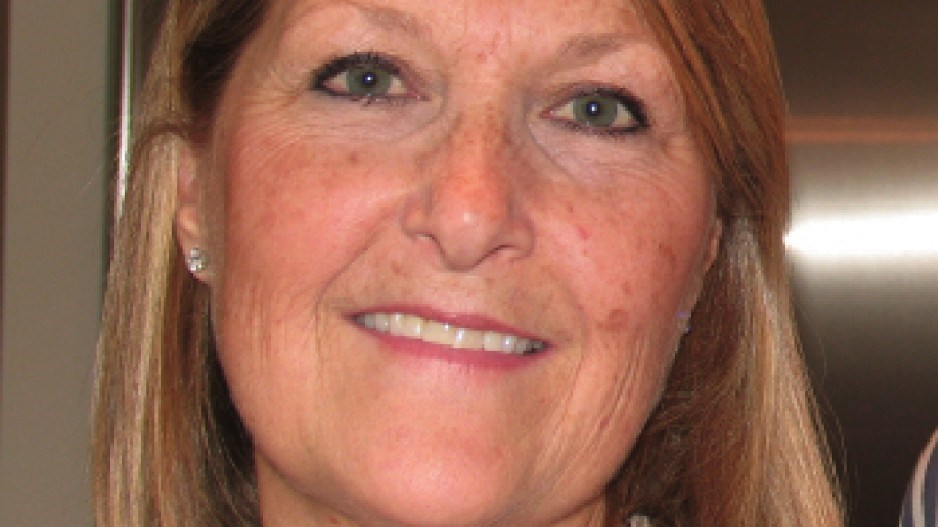More than any region in the world, CEOs in Canada rotate their staff through different functions and challenges as a strategy to develop leadership. That's a key Canadian finding in PwC's 16th annual Global CEO Survey, and it doesn't surprise Vancouver leadership development consultant Kathy McLaughlin.
"Canadians generally are fairly enlightened employers," she said. "I have seen a number of particularly the larger top 100 companies doing this kind of thing on a more concerted basis. It's part of strategic management of their human resources."
PwC found that 68% of the 120 Canadian CEOs in the survey use this approach compared with 60% of the more than 1,300 CEOs who responded globally.
One Vancouver example is mining giant Teck Resources. "As a diversified resource company that operates globally, we provide opportunities for our people, both at the senior level and throughout the organization, to rotate through different functions to broaden their experience and further their development," the company said in a statement to Business in Vancouver.
"For example, employees at our operations regularly transition to positions in different areas, such as engineering to processing, to broaden their skills and experience."
But how to bring in such a policy? McLaughlin suggested that companies begin planting the seed as early as the new-hire interview stage that staff will be exposed to a variety of different roles within the organization.
She said the objective is to view the organization in terms of its capacity long term. "Obviously these programs often start at the management level, so you're thinking about what are your succession plans, who do you need to have moving up the line, understanding a broader scope of the operations in order to be ready for that leadership role."
McLaughlin said some companies designate top talent and have those people eligible for rotation types of programs over a period of time.
"Others do it in a less formalized way but it's still usually the people who have leadership interest and capability and can be groomed in that direction longer term."
Most difficult is mitigating the disruption to company operations.
"That is the biggest challenge, which is why you don't see more and more of these programs developing, because companies run lean," McLaughlin said. "They don't have one to show and one to go."
She said it's difficult to formalize rotations and extricate people on a schedule.
"You minimize that by setting up the expectations as early as you can and having a timeline so that the person moving can be succeeded by another qualified person behind them."
While some companies rotate staff on a quarterly or six-month basis, she recommended a minimum of a year for the person to be really learning and fully effective.
McLaughlin said that as an executive at Rogers she had the benefit of a form of job rotation going from marketing into sales and then general management.
David Zerr of Western Management Consultants made rotation part of a strategic plan when he was CEO of the Mainroad Group until August 2011. Now with more than 450 employees, the Surrey-based company was established in 1988 when the provincial government privatized road and bridge maintenance services in B.C.
He said management of the 100% employee-owned company was very open about the plan to move staff into different assignments as part of their learning and development.
"So, when it came down to an actual individual rotation, we looked at the full picture – the position the person was leaving, making sure there was coverage; and in the area they were going to, again we made sure we communicated to people that this was being done for the good of the business to help people broaden their skills."
For example, Zerr said a key operations person was moved temporarily into the business development area.
"For this person to be ready to move into a more senior position down the road, it would be good for them to get some good, well-rounded exposure outside of just moving trucks and crews around."
He said the results were generally very positive. But sometimes the move was not a good fit.
"My policy was always to not to hesitate for a moment to say we might have made a mistake and we're going to reverse this project assignment," Zerr said.




